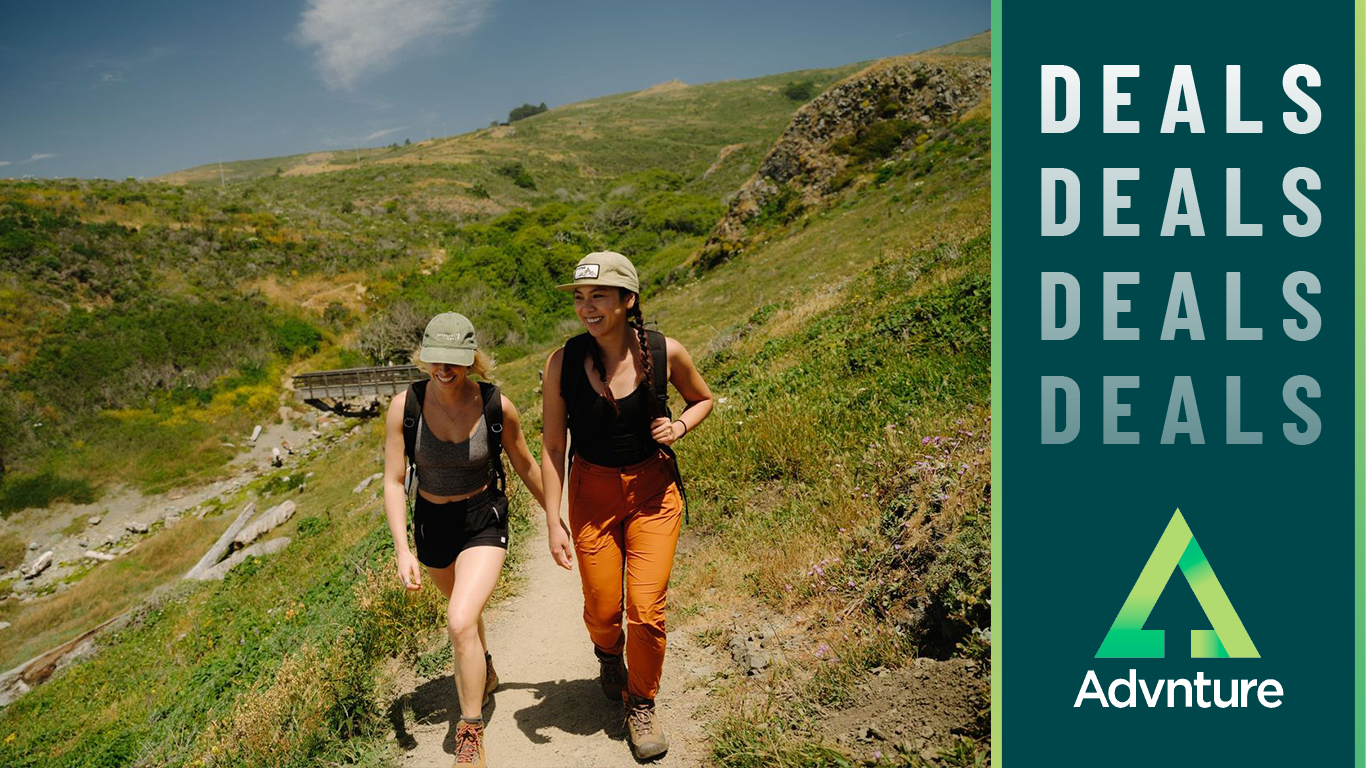The most comfortable hiking boots and shoes 2025: lightweight, cushioned hikers for happy feet
We bring you the most comfortable hiking boots and shoes for blissful, pain-free miles on the mountain
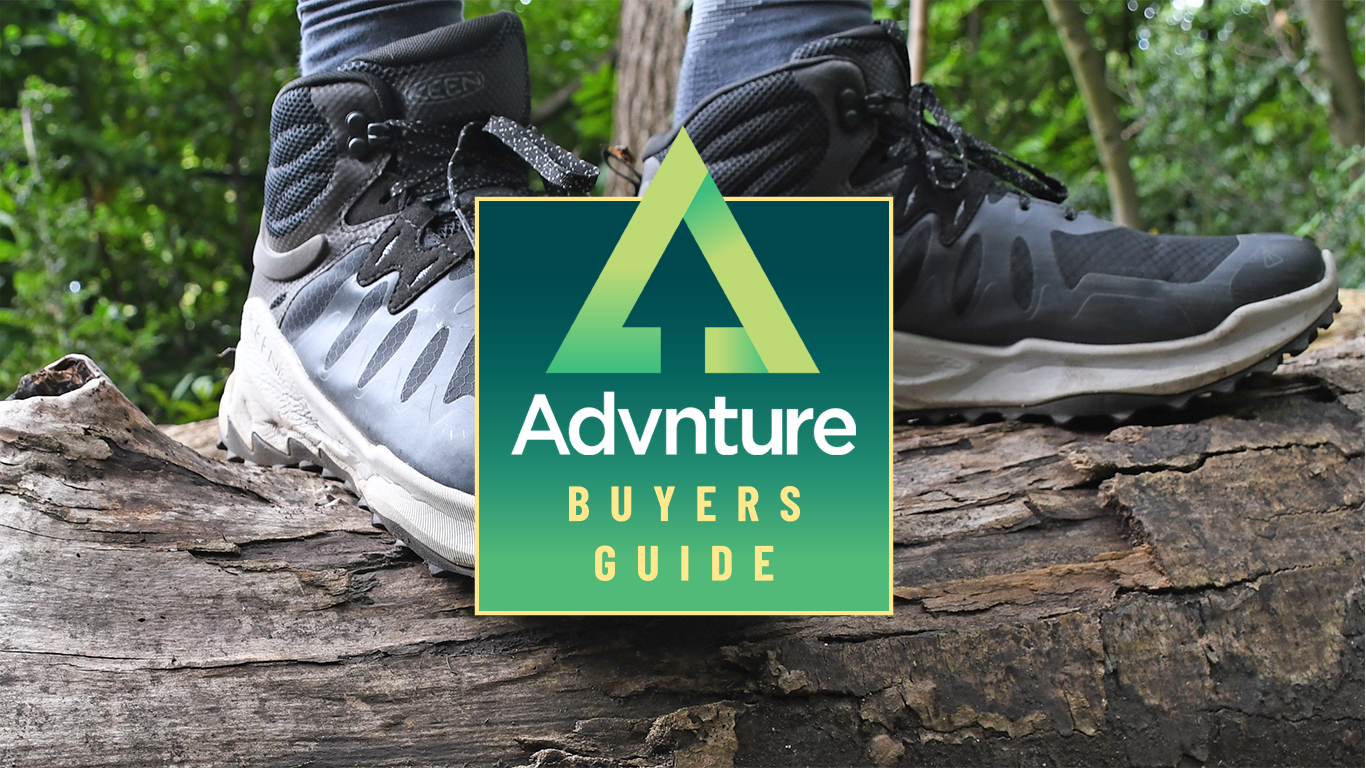
Is there any happier moment than when you slip your feet into a new pair of hikers and find they fit like a dream? This guide to the most comfortable hiking boots and shoes is for the believers who won't give up the hunt for a pair of cushy hooves that don't compromise on performance and won't give up the ghost after long-mileage walks.
The difference between these hikers, and our best hiking boots and best hiking shoes is that the cushioning is unparalleled and the fit is forgiving.
Much like the best lightweight hiking boots and shoes, they use technical features to give that locked-in feel – clever lace systems, engineered heel cups and intelligent shaping. Hot spots and points of contact that can cause pain are padded, and materials used for the uppers are soft and lightweight.
These boots and shoes still provide great stability and protection, but they'll also help stave off leg and foot fatigue. Most won’t need breaking in before you wear them on the trails for the first time.
If you're looking for the comfort a wide fit gives, check out the best hiking boots and shoes for wide feet.
Our picky testers know how to expose weak spots, and have stomped through streams, hiked over rough and rugged terrain and clomped through squelchy bogland to test the brands' claims. Is your next pair of comfortable hiking boots or shoes lurking in our recommendations below?
The quick list
Here's our Quick List, an at-a-glance round-up the most comfortable hiking boots and shoes available. For a more detailed look at each one, navigate further down this guide.
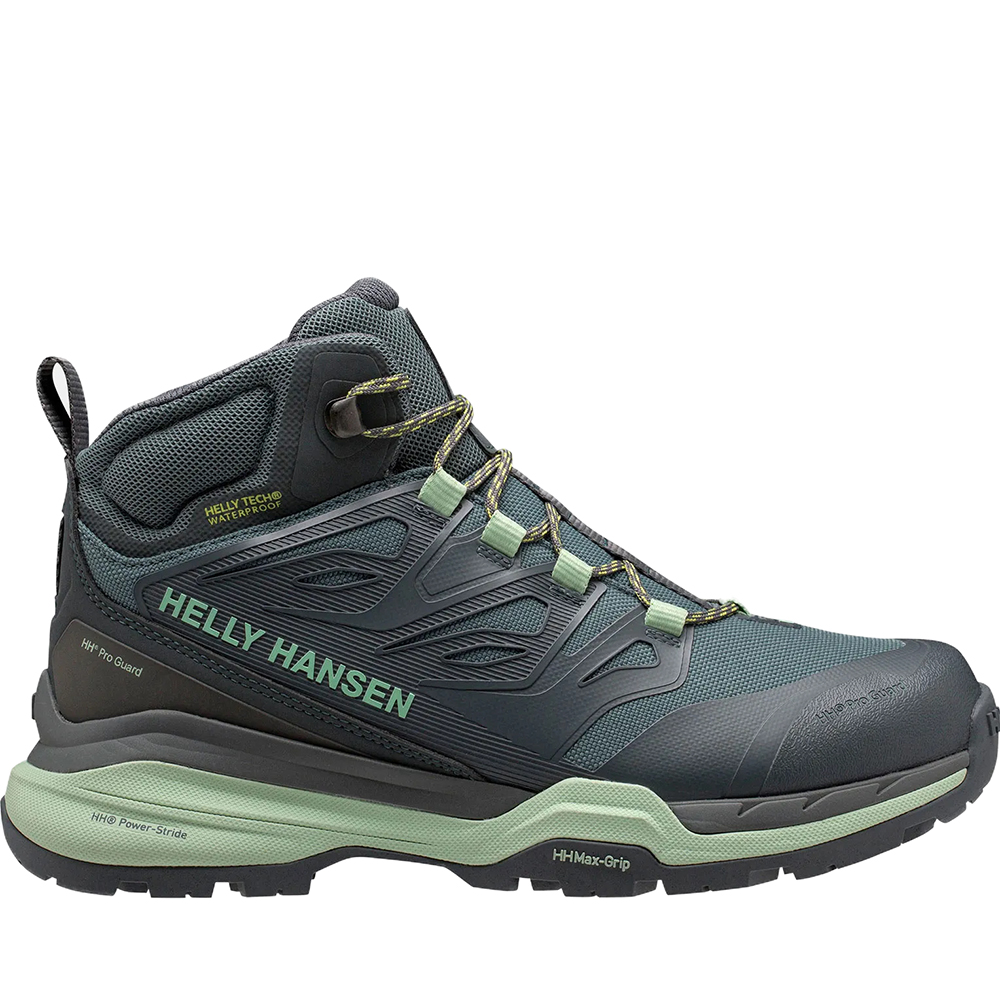
Support and protection combines with great comfort in this lightweight, high-cut hiking shoe that's good for long or short walks
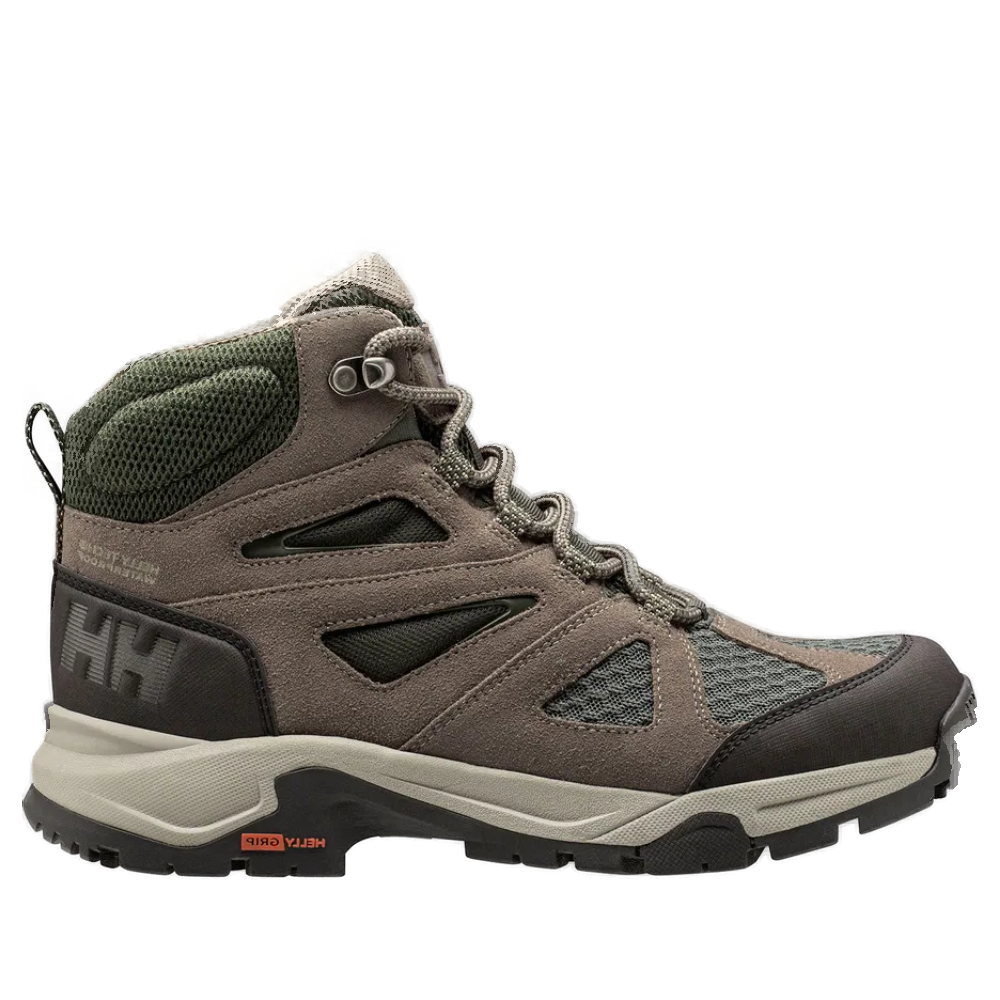
We were bowled over by these ultralight, breathable hiking boots that are quick-drying and nicely cushioned for long days on the trails. No breaking-in period is needed
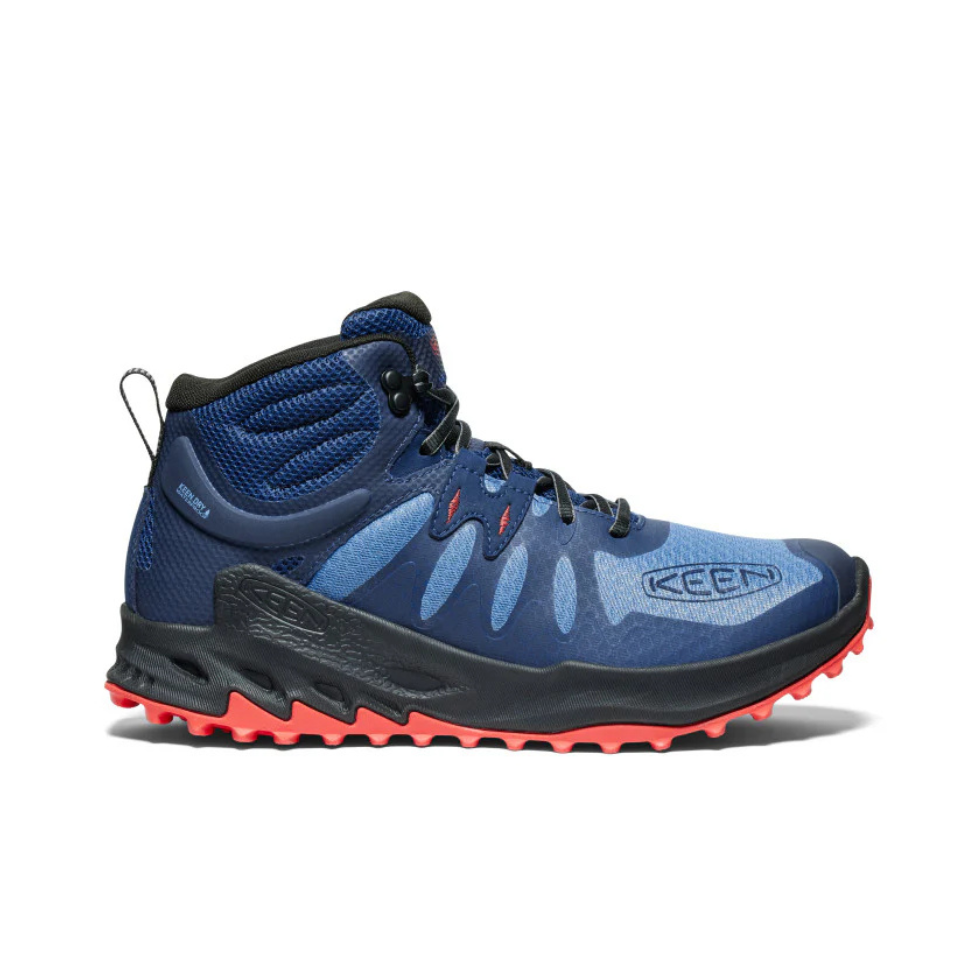
Offering up agility and breathability, this lightweight boot is easy to get on and off. It's a solid choice for long days on trails that aren't too techy. We’re fans of the recycled content, too
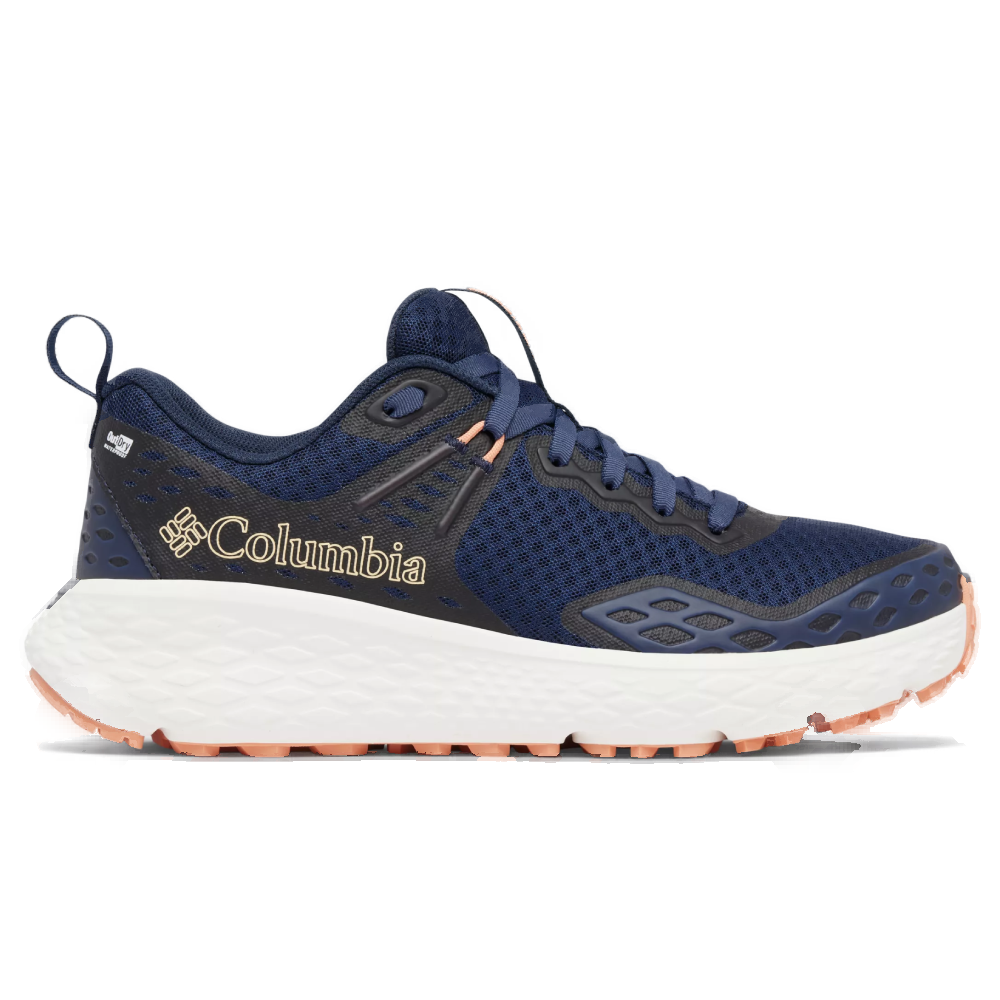
Hike fast and long in good-looking, trainer-style shoes that strike a great balance between weather protection and comfort. They stand up on techy terrain, too
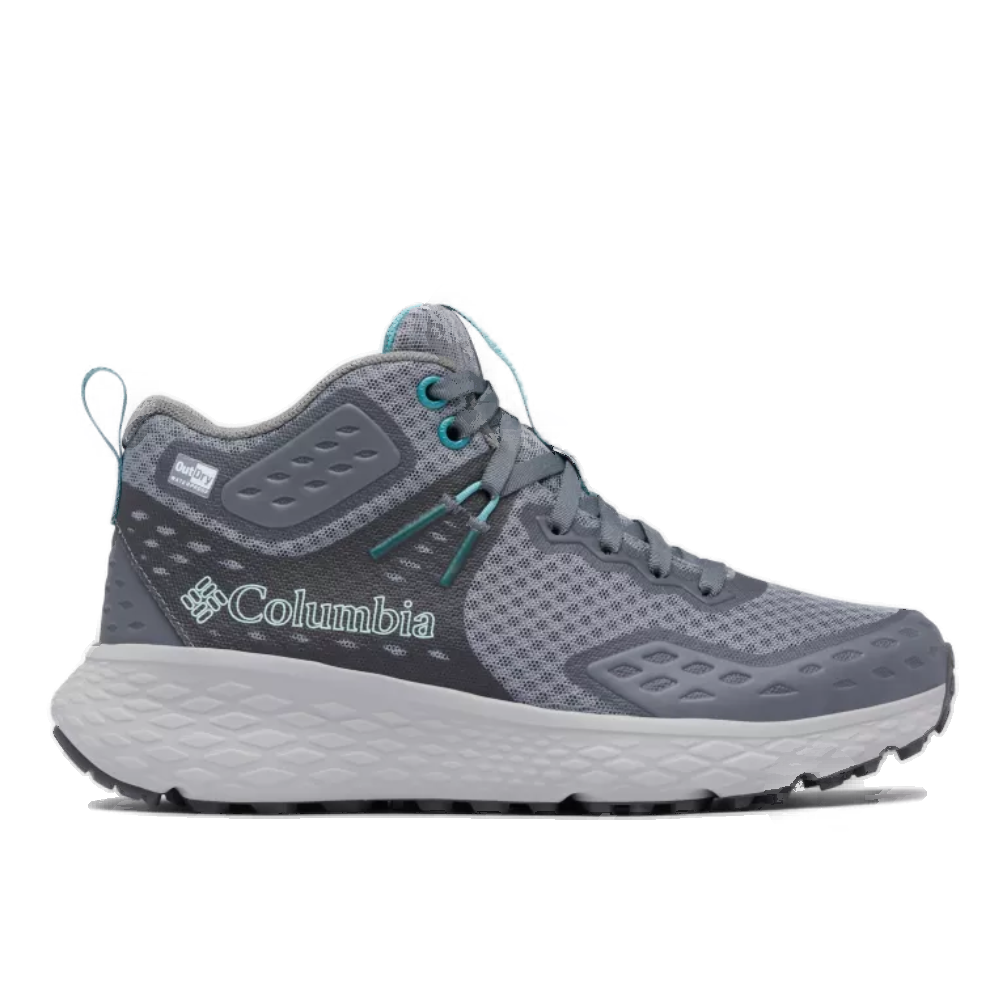
You’ll get more protection and better waterproofing in this mid-height version of the hiking shoe, but still with all-day comfort and great grip
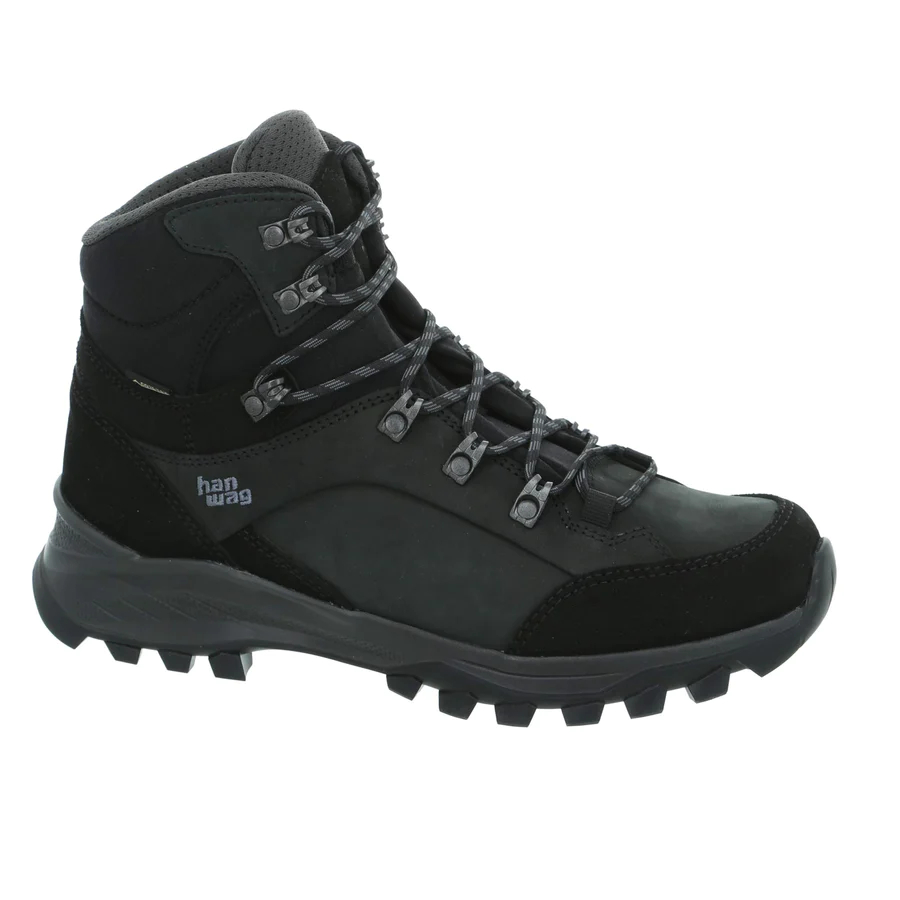
We're here for the sensational comfort levels in this technical, handsome boot. The quality design and fit is well worth the price tag and we loved the lacing system for great ankle support
| Comfortable hiking boot or shoe | Price | Weight | Materials | Best use |
|---|---|---|---|---|
| Helly Hansen Traverse HellyTech | $200 (US) / £160 (UK) | 400g / 13.4oz (women’s UK 4, per shoe) | Upper: 100% Polyester (Recycled) - Upper 2: 100% Polyester (Recycled) - Upper 3: 60% Polyurethane 40% Polyester (Recycled) - Lining: 100% Polyester (Recycled) - Lining 2: 58% Polyester (Recycled) 32% Polyurethane 10% Cotton - Insole: 100% EVA - Outsole: 100% Rubber | Short and long hikes |
| Helly Hansen Switchback Trail HT | $150 (US) / £110 (UJ) | 680g / 24oz (women’s small, per pair) | Waterproof suede, LWG leather, 100% recycled polyester strobel, HellyGrip rubber outsole | Hiking all but most technical trails |
| KEEN Zionic | $170 (US) / £160 (UK) / €180 (EU) | Men’s: 480g / 16.93oz; Women’s: 450g / 15.87oz (per boot) | Recycled Ripstop mesh upper with TPU overlays, KEEN.DRY waterproof membrane; TPU outsole | Speedy three-season hiking on formed trails and fastpacking adventures |
| Columbia Konos TRS Outdry | $120 (US) / £110 (UK) | 210g / 7.4oz (women's UK 4, per shoe) | OutDry membrane, mesh uppers, OmniMax midsole, TechLite midsole, AdaptTrax outsole | Fast-paced hiking |
| Columbia Konos TRS OutDry Mid | $130 (US) / £115 (UK) | 280g / 9.8oz (per shoe, women's US 6) | Mesh upper, TechLite+ foam midsole, OutDry membrane, Adapt Trax outsole | Hikes on rocky trails in wet conditions |
| Hanwag Banks | $260 (US) / £180 (UK) | 625g / 22oz (per boot) | Nubuck leather / Suede / Cordura nylon upper; Gore-Tex membrane; Vibram Endurance Pro sole | Three-season walking on most trails below technical alpine |
Best all-round comfortable hiking shoe
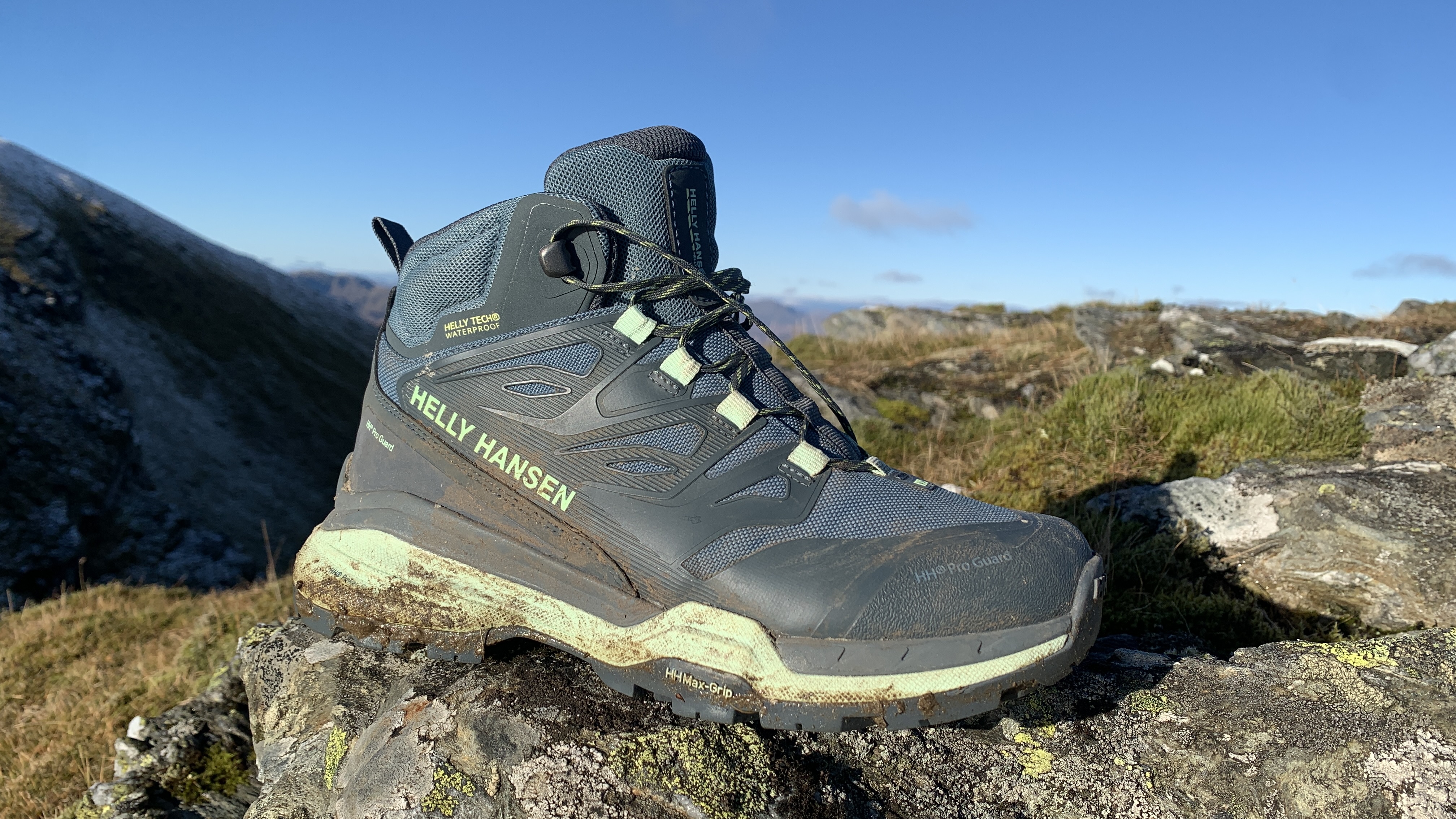
Specifications
Reasons to buy
Reasons to avoid
If you want the light weight, comfort and speed of a trail running shoe but the protection and stability of a hiking boot, you'll be happy to know the Helly Hansen Traverse manages to offer both.
The soles and uppers are robust enough to take on rugged trails, and they are waterproof yet still retain an impressive amount of breathability. (Although, definitely too much for arid conditions.)
On a bushwhacking trek in the Scottish highlands and other wet and cold days on the munros of Scotland they held up brilliantly, offering a tough sole, but not so stiff as to restrict movement. Our tester reckoned the uppers were more like a reinforced running shoe fabric than a stiff boot upper.
She had no problem getting stuck into rocky trails, thanks to the decent heel and toe reinforcement, and the 4mm lugs on the soles performed great on all but cold slick rock.
Ultimately, they're a versatile hiking hoof – great for day hikes and longer treks – and you get a lot for your money.
Read our full Helly Hansen Traverse HellyTech Hiking Shoes review
Best comfortable hiking boots for weather protection

Specifications
Reasons to buy
Reasons to avoid
Helly Hansen has labelled the Switchback Trail HTs a 'day hiker boot', and while they're not the most rugged boot in the brand's armory, we reckon they do more than that and will hold up for many successive days on the trail.
They are incredibly comfy from the off – no breaking in required – and the cushioned midsoles mean you can cover long distances without feet getting sore. They really do give the comfort of a shoe but the protection of a more-conventional hiking boot.
Of course, if you're on the hunt for a seriously sturdy trekking boot, these will feel too flimsy, but our expert tester found the grippy soles gave great traction and the heel and toe cap was good enough to guard against rocky Scottish trails and their sharp hazards.
The true-to-size fit was a boon and there's a good amount of room in the toe box. With a competitive price and a build that is set to last, these boots really do warrant the five-star rating for performance and comfort.
Read our full Helly Hansen Switchback Trail HT review
Best comfortable hiking boots for speed
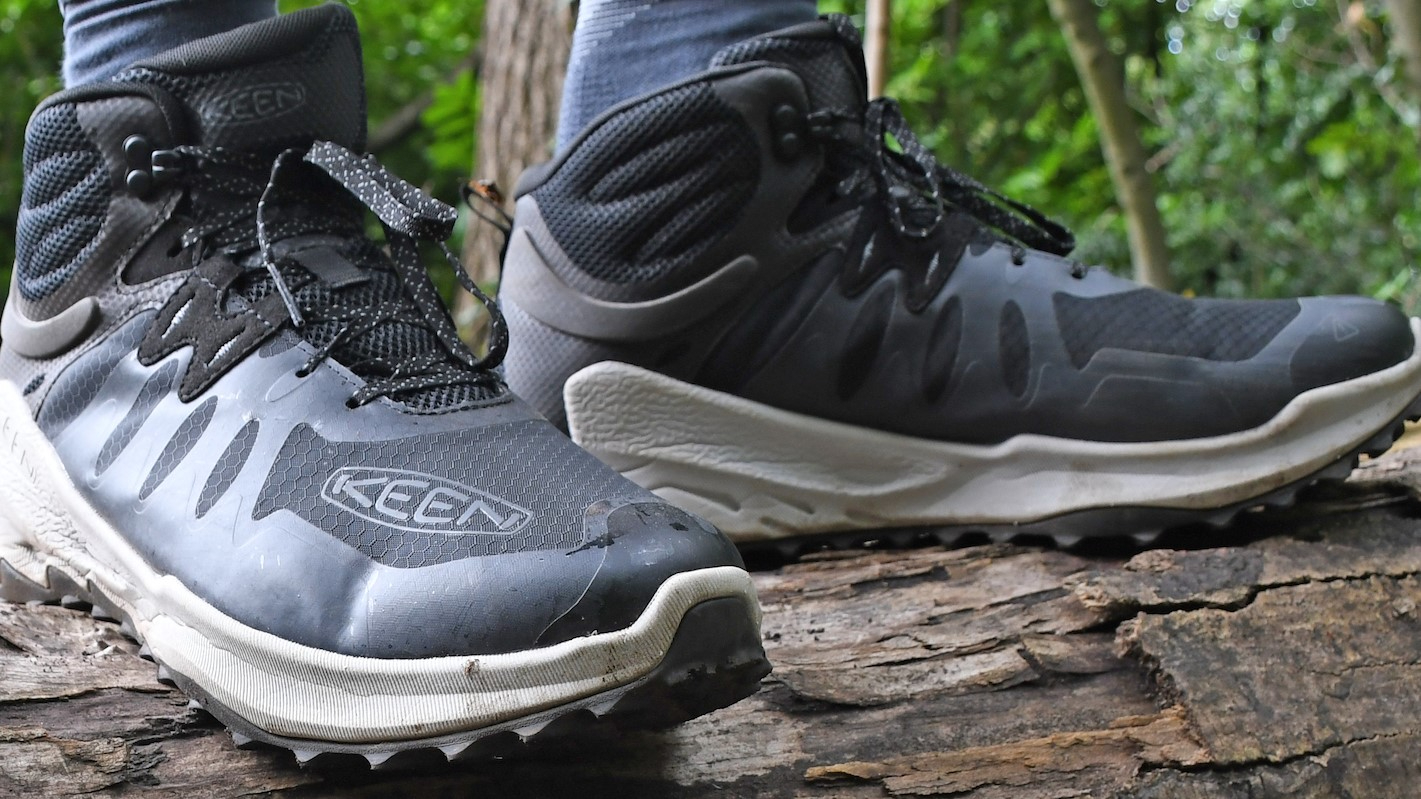
Specifications
Reasons to buy
Reasons to avoid
Keen has a great reputation for creating lightweight, comfy footwear that doesn’t have the heft of a regular hiking boot therefore helping you zip along the trails. The Zionics are available to buy in a mid and low cut; our expert hiker has been testing the mids and is impressed with the agility they provide on fast walking escapades.
The uppers are made mostly of recycled PET plastic with some TPU overlays to strengthen things up. A waterproof membrane and PFA-free water repellent, along with an integrated tongue, keep out the wet on rainy days.
The real gains come from an air-injected midsole and a heel 'crash pad’, which is essentially where the outsole extends around the heel to help absorb the impact of repeated footfall. To cut down weight, signature Keen toe bumpers have been almost entirely removed.
On fairly well-maintained trails in warm and wet conditions the Zionics excel, keeping damp at bay while remaining lightweight and comfy enough for big days out. The arch support and extra achilles protection help extend wear time.
On more techy terrain our tester was yearning for grippier soles to give him more control and braking, as well as extra traction on wet rock. However, if you want to travel fast and light on mellow trails and you’re not carrying too much weight, the Zionics are a dynamic boot with first-class cushioning levels.
Read our full KEEN Zionic Waterproof Hiking Boots review
Best lightweight comfortable hiking shoe
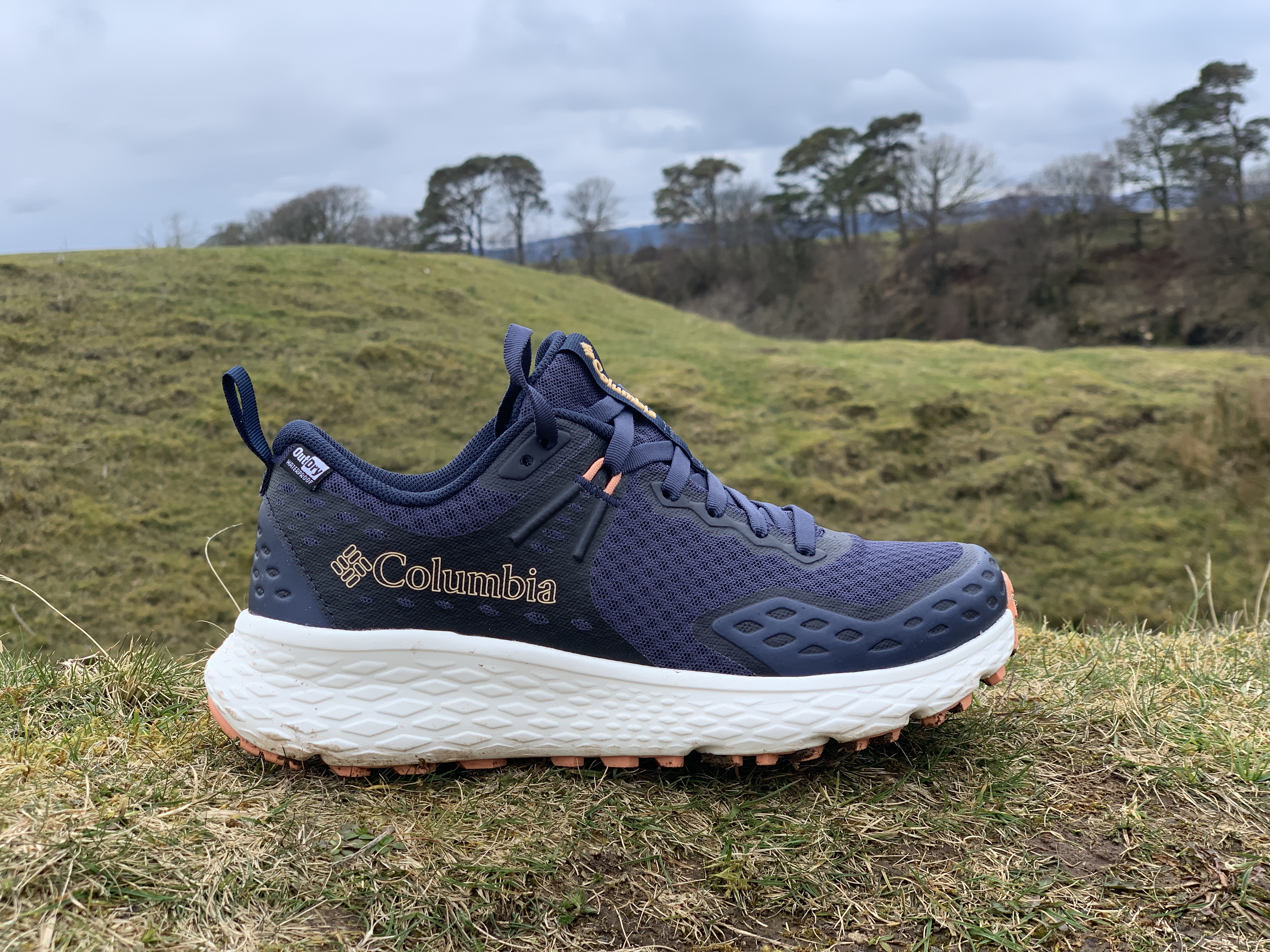
Specifications
Reasons to buy
Reasons to avoid
Here’s a shoe that doesn’t want to be saved for gentle forest strolls or slow ambles to the ale house. With superior levels of protection, grip and waterproofing, it’ll see you over some seriously technical terrain.
If you prefer the practicality and fit of a shoe but don’t want to temper your adventures, these ultra-light makes from Columbia are worth investing in and will let you walk for miles on gentle trails and scramble steep, rocky terrain in comfort.
A nicely cushioned midsole works hard to absorb impact and push back energy to keep you moving fast along the trail, while the uppers give out-of-the-box comfort. The reinforcements promise excellent protection while not adding to the shoe’s overall weight. Our tester was keen to see more recycled materials in future iterations, however.
The lugs aren’t hugely deep, but the soles still give impressive grip, while the grooves across the forefoot area help the shoe to flex with your foot. Overall they give a stable ride.
In the field, these shoes held up to the elements, giving complete water protection in streams and bogs. With a competitive price and great technical details, they’re ideal if you want all-day comfort from a trainer-style hiking shoe.
Read our full Columbia Konos TRS OutDry Low hiking shoe review
Best comfortable hiking shoes for stability
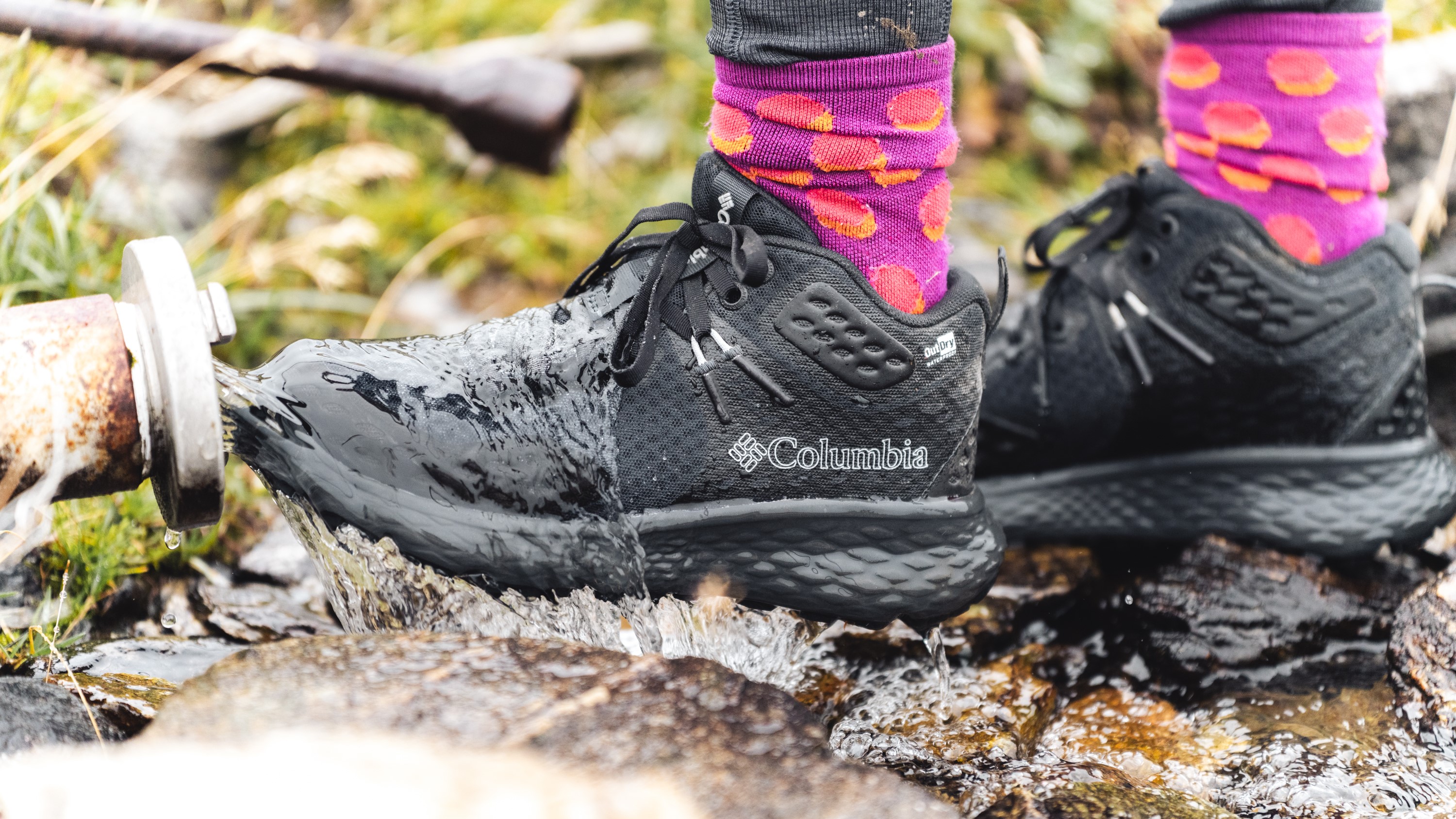
Specifications
Reasons to buy
Reasons to avoid
We loved the trainer-style versions of the Konos TRS Outdrys so were excited to put the mid-height models to the test. They didn’t disappoint, offering incredible comfort and traction on all kinds of trails.
The sizing runs a little small, so you may want to go up when you order, but once on the ‘Navic Fit’ technology makes sure your feet don’t move around. The branded tech is called so because it hugs the ‘navicular’ bone across the midfoot, and our tester found she gets a nice, neat fit from it. The toe box isn’t the widest, but sizing up meant there was no cramping.
Despite the incredibly plush midsole, which keeps things comfy under foot all day, the shoes proved stable, even on rocky Swiss trails. And while next time she’d save them for slightly cooler climes, she was impressed with their breathability, especially considering they are watertight.
They hold up in springs and streams, mainly, Columbia says, because the waterproof membrane is bonded directly to the upper, rather than a separate bootie.
As well as giving great traction, the sole is extremely flexible, so despite it being chunky, you get a stable, responsive ride. With a fair price point, these boots are great for all but hot-weather hiking and a sound investment. As with the trainer versions, we'd like to see recycled content in the materials list. Perhaps it will appear in future iterations?
Read the full Columbia Konos TRS OutDry Mid Hiking Shoe review
Best comfortable hiking boots for technical trails
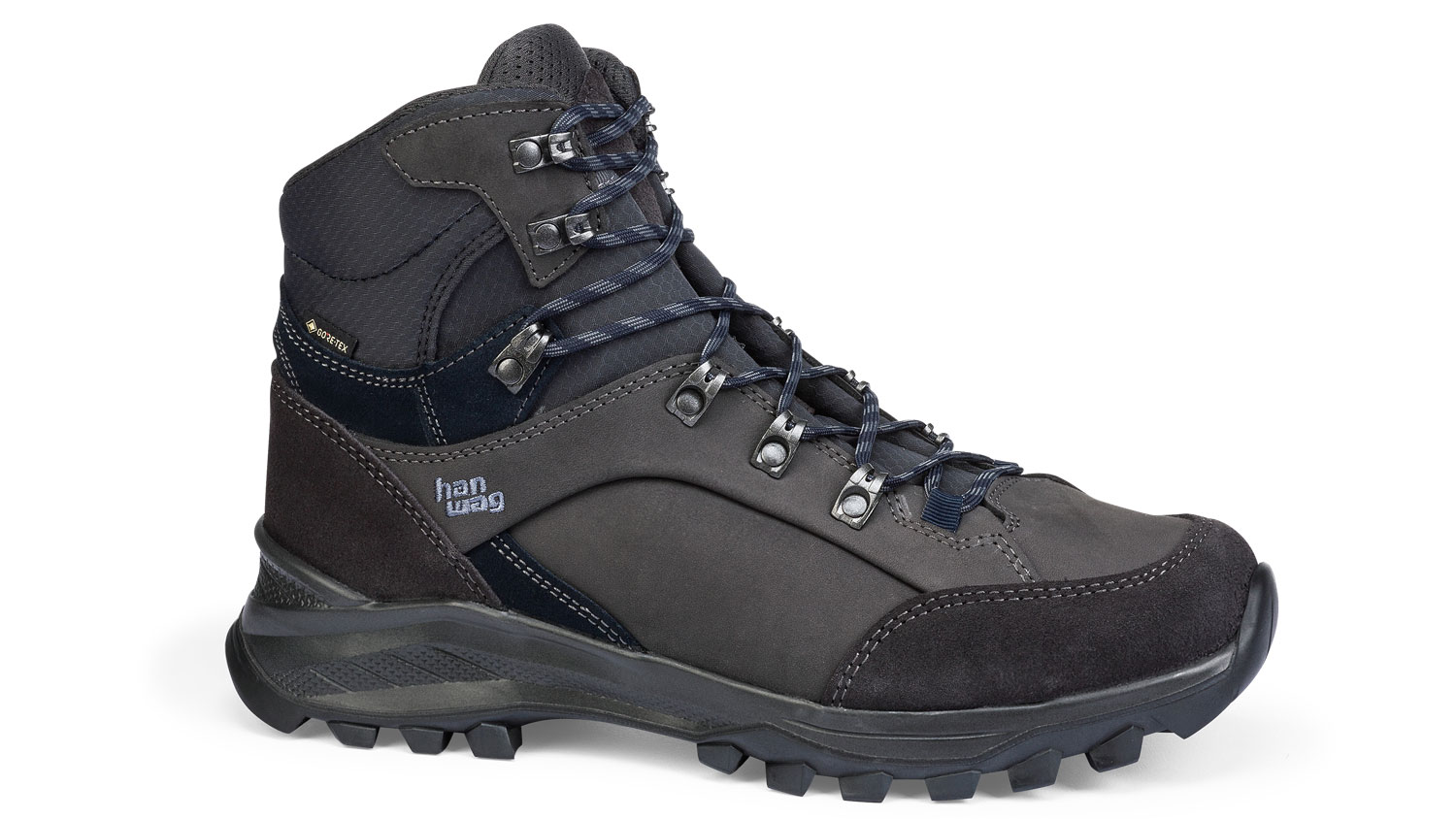
Specifications
Reasons to buy
Reasons to avoid
On first look these Barvarian boots are handsome to behold. The soft upper, formed from nubuck leather, says quality, and they have a lovely fine finish.
Hanwag Banks designers have spent years taking on board hikers' feedback to create the last (foot-shaped form used to mold a boot's shape) for this boot. They've created it in versions with a normal last, and a straight-fit extra last, and those to suit people who suffer with bunions.
The PFC-free upper is made from certified-sustainable leather, and there’s an option to go with or without the Gore-Tex liner (the alternative option being you stick with the comfy leather lining).
The toe-box and heel cup are nicely accommodating without leaving room for slippage; the ankle support is superb, with a pair of lace hooks nicely positioned in close proximity to your ankle, giving unsurpassed support.
The heel cushioning is excellent and Vibram sole gives confidence on wet and gloopy surfaces. If you do most of your walking on mixed terrain below mountain peaks, these boots are great performers.
Read our full Hanwag Banks GTX hiking boots review
FAQs
How do I get the right fit?
You can trust Advnture
Getting the right fit is essential for a pain-free time on the trails, and although a lot of it is subjective and will depend on the shape of your feet, some brands go out of their way to tailor to specific foot shapes, rather than follow a model that will satisfy the masses.
Hiking boots can be uncomfortable for a number of reasons:
Poor fit: If boots are too narrow, too tight or the profile is too low or the cuff too high, they’ll rub or squeeze your feet and ankles causing skin blistering and bruising. In this guide, we’ve selected boots that have plenty of cushioning and are roomy but use special design features to stop your foot slipping inside them.
Laces: It’s good to lace up boots and shoes tightly for stability, but if they fasten too tightly they can cause tingling and numbness in your feet.
Damp: If your boots aren’t breathable they’ll hold moisture from your sweating feet, if they’re not waterproof, or don’t dry quickly, they’ll carry water that has seeped in during your trek. Either way, your skin will start to wrinkle, get sore and blister.
Stiffness: Rigid boots, which are great for durability and stability on high mountain trails and technical terrain, often need a fair amount of breaking in and may cause a bit of discomfort when you first wear them. Boots and shoes with more give and flex work to complement the bend of your feet and your natural walking gait.
Heaviness: Heavy boots cause more stress on your feet and legs leading to fatigue fatigue; if you’re hoicking less weight on your hooves, you can hike faster and for longer.
Common features of comfortable hiking boots and shoes are wider toe boxes to lessen the chance of toe pain, roomy fits to allow your feet to swell, and cuffs that aren’t too stiff or tight. They all have features, such as clever lacing systems, cradling heel cups and intelligent padding and cushioning, to offer support and stop your feet from moving around inside them.
Consider the following before you buy:
How to choose comfortable hiking boots and shoes
When shopping for a new pair of hiking boots or shoes you’ll find tons of advice on how to choose in our best hiking boots and best hiking shoes buying guides. After considering what kind of trails you’ll be attacking and in what conditions, there’s all the info you need on grip, support, cushioning, weight and support.
Below, we've pulled together more information on how to finetune your browsing to make sure you seek out a pair that prioritize comfort without sacrificing performance.
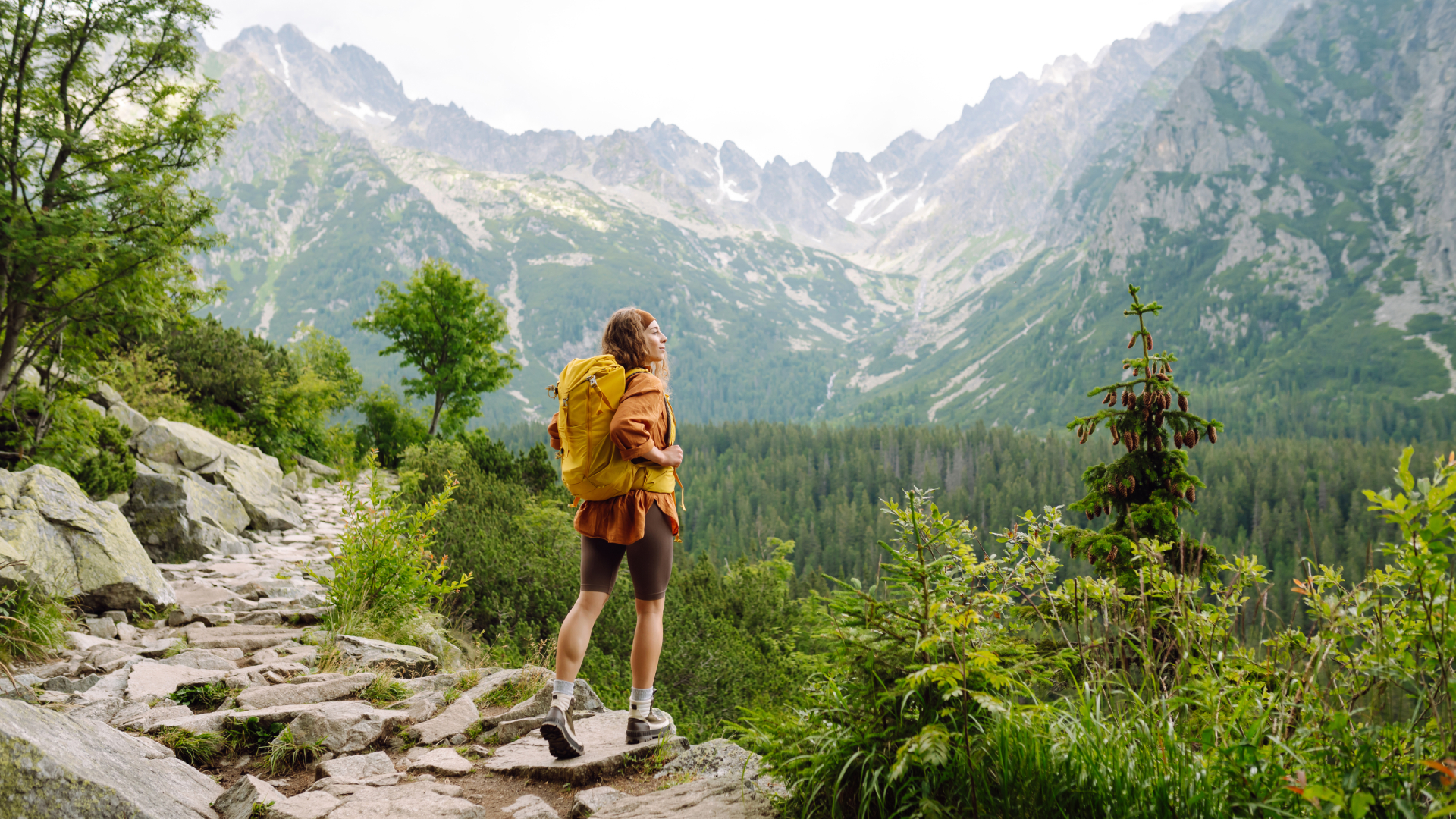
Cushioning
The most comfortable hiking boots and shoes are likely to have more cushioning in the midsole and more padding in the uppers than a regular walking boot or shoe, to lessen the impact when your foot strikes the ground and give you more rebound to help push you into your next step. This cushioning may detract from the trail feel, but it will protect your joints, and a nice amount of padding means you won’t notice pressure points, such as where a boot cuff tightens around your ankle.
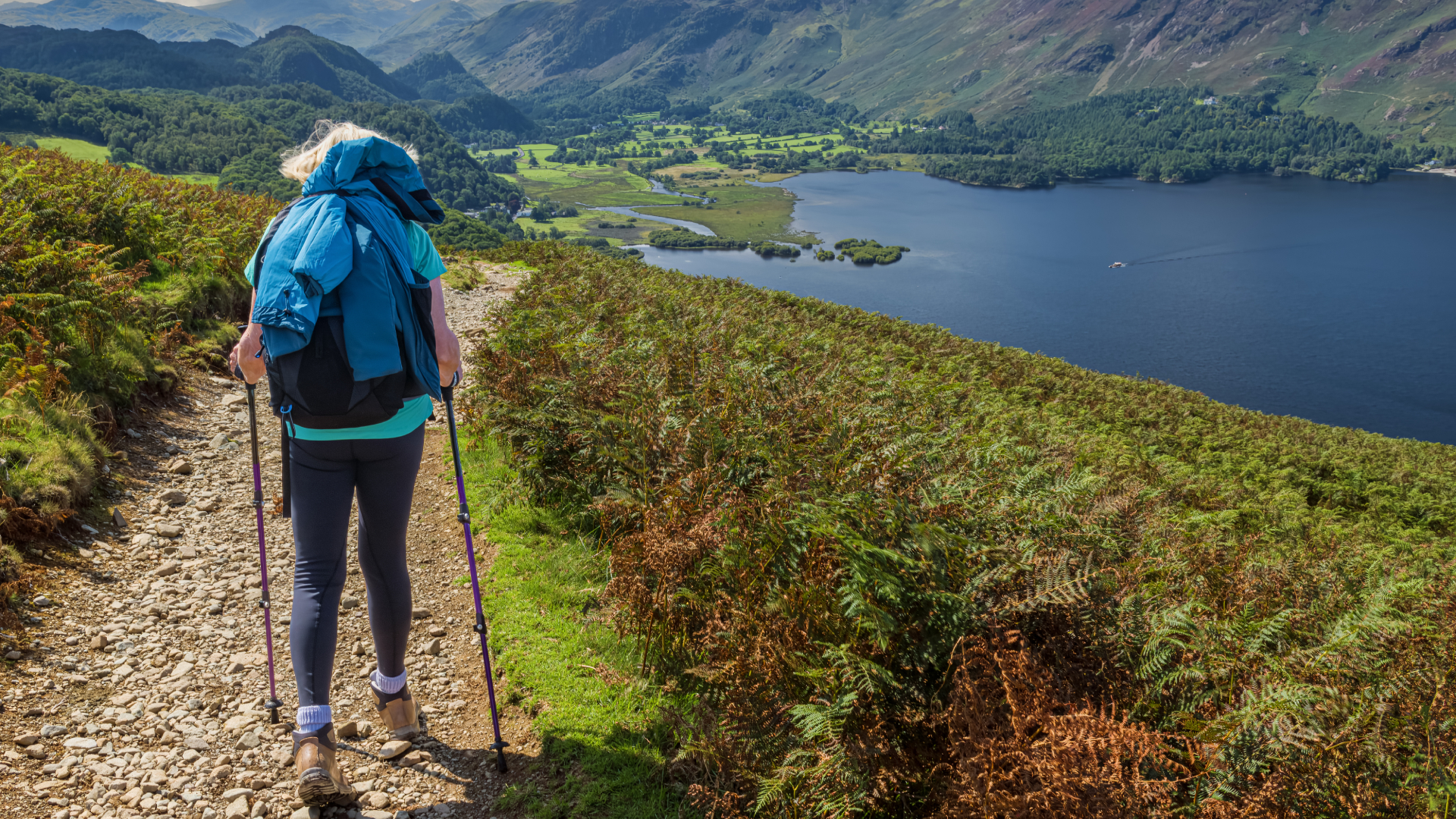
Protection
Reinforced uppers with bumpers on the toes and heels offer invaluable protection from trail hazards – sharp rocks, sticks and scree – but this comes at a weight cost. As do tougher uppers made from robust materials and thick soles with large lugs. Comfortable hiking boots and shoes use innovative materials that are light but strong to give a flexible boot that doesn’t weigh you down. In this guide most have less protection than you’ll find in, say, our best winter hiking boots, but plenty enough to see you across three seasons on most types of trails.
The higher the lacing system on a boot or shoe, the better the weather proofing and the more it will prevent annoying trail debris, such as grit and muck, getting into your boot.
Support
Hiking boots and shoes with high levels of support tend to be more rigid, to give you increased stability on exposed rock, scree and ice. Rigid boots with higher cuffs will help keep you balanced when you’re carrying weight too, such as a large backpack for multi-day trips.
More comfortable boots give great support, but come into their own on day hikes or those at lower level, when you want to hike freely and easily. They can still be brilliant for scrambling adventures when you want to scale moderate heights without the weight. You can increase the control you have when hiking by taking a pair of the best trekking poles along for the ride.
Weight
Our most comfortable hiking boots and shoes tend to weigh lighter than heavy duty types of hiking boots and shoes, which have extra heft to protect from extreme weathers and trail hazards. Much like our lightweight hiking boots [link to come], they are great for faster hiking and for long days out when you don’t want to be weighed down. A lot of models that are designed for comfort work best across three seasons, and might not stand up to extreme cold and wet.
Meet the testers

Author of Caving, Canyoning, Coasteering…, a recently released book about all kinds of outdoor adventures around Britain, Pat has spent 20 years pursuing stories involving boots, bikes, boats, beers and bruises. En route he’s canoed Canada’s Yukon River, climbed Mont Blanc and Kilimanjaro, skied and mountain biked through the Norwegian Alps, run an ultra across the roof of Mauritius, and set short-lived records for trail-running Australia’s highest peaks and New Zealand’s Great Walks. He’s authored walking guides to Devon and Dorset, and once wrote a whole book about Toilets for Lonely Planet. Follow Pat’s escapades on Strava and Instagram.

The author of the book Restorative Yoga for Beginners, Julia loves to explore mountains on foot, bike, skis and belay and then recover on the the yoga mat. Julia graduated with a degree in journalism in 2004 and spent eight years working as a radio presenter in Kansas City, Vermont, Boston and New York City before discovering the joys of the Rocky Mountains. She then detoured west to Colorado and enjoyed 11 years teaching yoga in Vail before returning to her hometown of Glasgow, Scotland in 2020 to focus on family and writing.
All the latest inspiration, tips and guides to help you plan your next Advnture!
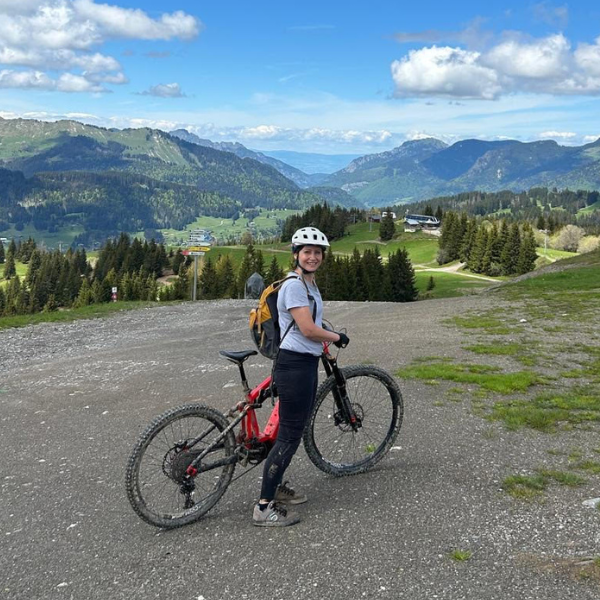
Charlie is a freelance writer and editor with a passion for hiking, biking, wild swimming and active travel. She recently moved from Bristol to South Wales and now refuses to leave her front door without one of the following: lightweight hikers, wetsuit, mountain bike, tent. Having bought a fixer-upper home that backs on to protected woodland, her love of nature and wildlife has intensified and the dark skies have kickstarted a new fondness for stargazing.
